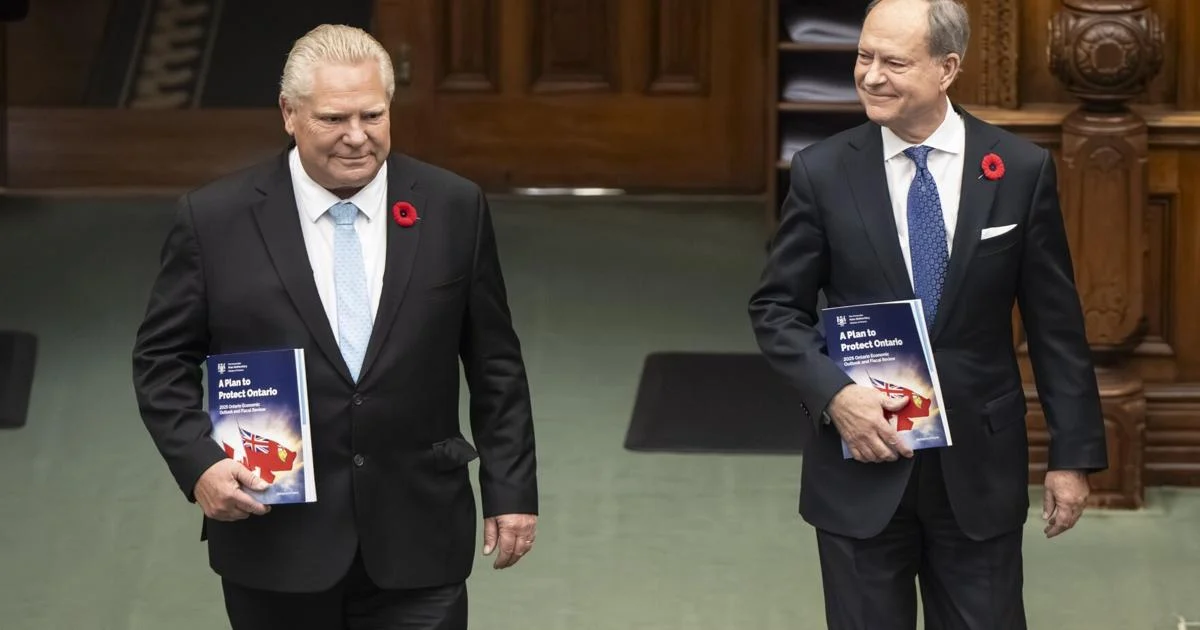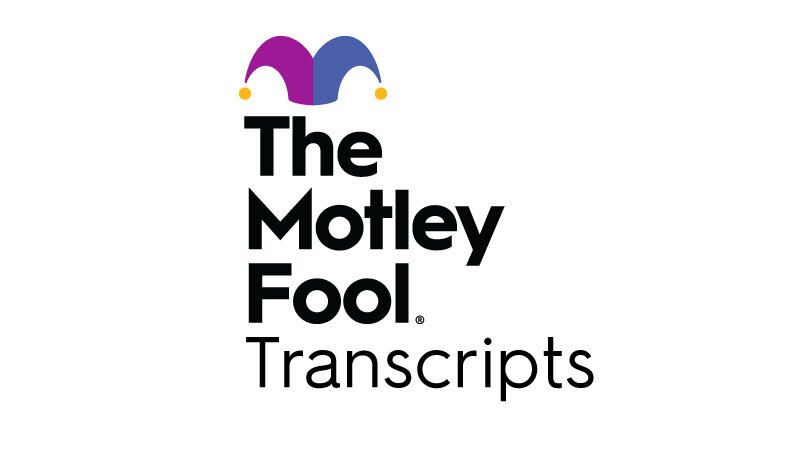Copyright thestar

Ontario is awash in red ink — and moving away from green goals. Finance Minister Peter Bethlenfalvy’s fall economic statement is projecting a $13.5-billion deficit this fiscal year — ballooning from a $1.1-billion shortfall in 2024-25 — but less than the $14.6 billion forecast in his May 15 budget. Buried on the second last page of the 199-page document was a proposed legislative amendment that would no longer require Ontario to have climate change targets. That’s a technical change stemming from Premier Doug Ford’s 2018 withdrawal from Ontario’s cap-and-trade alliance with Quebec and California, repealing a section of the law that required greenhouse gas emission targets and “progress reports … on a regular basis … in respect of the climate change plan.” The treasurer’s update contained many warning signs that point to a sputtering Ontario economy with a softening jobs market, anemic growth, weak housing starts and shrinking resale home prices. “We know the road ahead is not without challenges. As a province and a country, we find ourselves in the midst of trade uncertainty that we did not ask to be a part of, causing anxiety for workers and businesses alike,” Bethlenfalvy told the legislature Thursday. That’s a reference to U.S. President Donald Trump’s tariffs that have especially roiled Ontario’s auto and steel sectors. To help, Bethlenfalvy said he was tripling the “Ontario Together Trade Fund,” which is designed to help small- and medium-sized businesses expand to other markets, from $50 million to $150 million. That is atop the previously announced $5-billion “Protecting Ontario Account” that backstops tariff-battered auto, steel, aluminum and copper companies to help them meet payroll and covering expenses during the trade war. Another factor fuelling the larger deficit was new spending on home care to encourage seniors to continue to live in their houses and apartments instead of moving into more costly long-term care or taking up precious hospital space. “People deserve to receive the right care in the right place and sometimes, the right place is right at home. Who doesn’t want to age at home … comfortably and close to their family and loved ones,” said Bethlenfalvy, who opened his speech by paying tribute to his father, Nick, who died at 95 in July. “That is why I am proud to say that our government is investing an additional $1.1 billion over the next three years into home care, which will increase consistency and hours of care, reduce wait-lists and support the expansion of the ‘Hospital to Home’ program,” he said of the annual eight per cent increase in the home-care budget. Asked about the environmental changes, Bethlenfalvy insisted “we’re going to continue to drive forward to reduce greenhouse gas emissions.” But auditor general Shelley Spence last month warned the province would miss its 2030 target by “a wider margin” than previously thought due to the cancellation of the consumer carbon tax and electric vehicle subsidies, among other things. Green Leader Mike Schreiner said the Tories’ removal of requirements for reduction targets is bad news. “It’s abandoning the legal obligation to have a climate plan,” said Schreiner. NDP Leader Marit Stiles, who spent the morning at a Toronto food bank, said the fiscal statement did little to address the economic anxiety felt by many Ontarians. “One in five young people are unable to find a job and while workers and their families are lying awake at night worrying about layoffs and plant closures, this premier still has no jobs plan,” said Stiles. Indeed, Liberal MPP Stephanie Bowman (Don Valley West) noted “unemployment has been rising for nine quarters under this government.” “This isn’t even teeny-tiny tinkering when what we needed was real action to meet the economic challenges we face,” said Bowman. In contrast to last year’s fall economic statement, which announced $200 cheques for every man, woman and child ahead of the Feb. 27 provincial election, Thursday’s fiscal update did not feature similar voter-friendly largesse. While Ford frequently claims his Tories inherited a “bankrupt” province when they took over from the Liberals in 2018, the debt has skyrocketed by 35.8 per cent on their watch. It was $337.5 billion in 2018-19 and is projected to be $458.6 billion in 2025-26. Annual interest on the growing debt is expected to be $16.2 billion, bigger than the budget of every ministry other than health, education and social services. But Bethlenfalvy stressed the “cost of servicing that debt hit a 40-year low of 5.5 per cent” with a debt-to-gross domestic product ratio of 36.2 per cent last year, which will rise to 37.7 per cent next year. It was 39.3 per cent in 2018-19 when the Tories took office. GDP is projected to rise 0.8 per cent this year and 0.9 per cent in 2026. It grew 1.4 per cent last year. The outlook for jobs is similarly sobering with slower than expected employment growth. This year’s unemployment rate is expected to average 7.8 per cent, up from seven per cent last year, and the government anticipates it will continue to be sluggish next year due to Trump’s trade war. While employment grew by 60,000 jobs in the first three months of this year, it was offset by a loss of 38,000 jobs in the second quarter and was unchanged in the third quarter. Youth employment remains high. Another area of concern is housing. There are only 64,300 new homes expected to be built in Ontario this year, down from 74,600 in 2024. That’s well below the pace needed to achieve Ford’s much-ballyhooed goal of 1.5 million new homes by 2031, which Bethlenfalvy conceded was “no longer a hard target.” The Tories are forecasting 70,200 new units next year, 79,600 in 2027 and 83,700 in 2028. Put in context, the Tories needed an average of 150,000 new homes every year for a decade to meet their pledge set before the 2022 election. Their best year was 2021 with 92,284. In a bid to spur building, the government will waive the eight per cent provincial portion of the HST for first-time buyers of new homes that cost less than $1 million, mirroring a federal plan to scrap Ottawa’s five per cent share of the sales tax from such houses. At the same time, Ontario home resale prices are forecast to fall 3.3 per cent this year as the market plunges an expected eight per cent. But Queen’s Park expects a rebound in 2026 with resale prices going up 2.8 per cent and the market growing by 10.2 per cent. Although the fall economic statement mentions Ford’s oft-touted tunnel under Highway 401 from Mississauga to Scarborough, there were no cost estimates for a project dismissed by critics as an expensive pipe dream.



